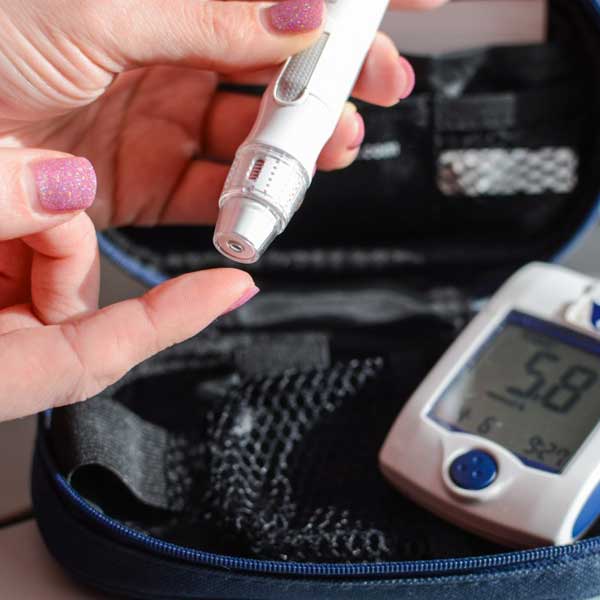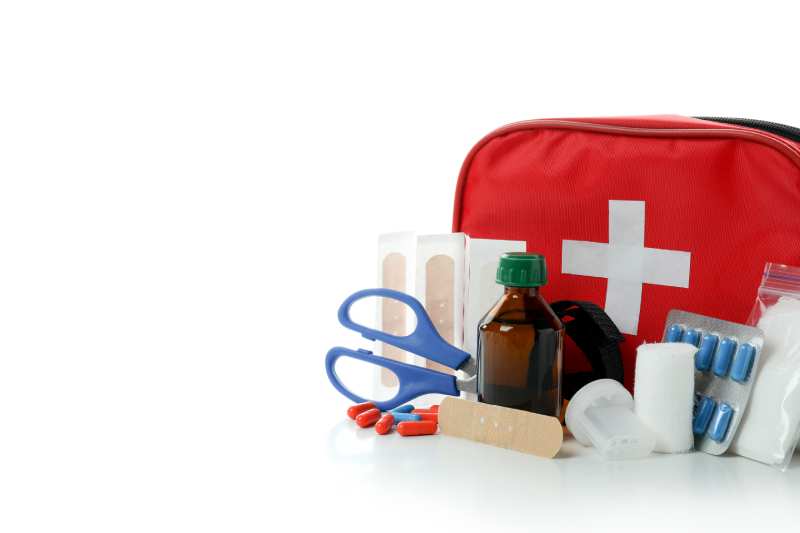Skincare FAQ
Frequent Questions about Skin Care
The American Academy of Dermatology (AAD) recognizes five main types of skin: dry, oily, combination, sensitive, and normal. Dry skin produces low amounts of sebum. Your skin may feel tight and itchy. Your skin maybe also looks dull, rough or ashy. Dry skin can also crack and have flakes. Oily skin produces too much sebum than needed. Therefore your skin could feel greasy, look shiny, and be prone to blackheads and pimples. Combination skin is literally a combination of dry and oily skin. For example your forehead and nose could be oily and your cheeks and other areas maybe be normal to dry. Sensitive skin becomes irritated and inflamed easily.Your skin may burn, sting, or itch when applying products.You could even have reactions like bumps, peeling, or hives.The word "normal skin" refers to skin that isn't excessively oily, dry, or sensitive. This skin type produces just enough sebum to keep the skin moisturized but not oily. Normal skin has a smooth, even complexion with few imperfections.
The Fundamentals of Skin Care Everyone ought to be aware of
Cleanse Once, Then Cleanse Once More Washing your face twice, rather than once, is required for double cleansing. Always make sure to layer your products in the proper order.
Take the Time to Exfoliate. Understand Your Skin Type. Sunscreen should always be worn.
The following are some of the reasons why good skin care is important: It aids in the maintenance of healthy skin: Because you shed skin cells throughout the day, it's critical to keep your skin bright and healthy. A good skincare routine may help you avoid acne, treat wrinkles, and keep your skin looking great.
There are two simple ways to determine how well a new skincare treatment is working. To begin, take a "before" photo of your skin on the first day of use. Take another on day seven, two weeks later, and then a month afterwards. The small changes in your skin should be visible in these visual progress reports.
Acne develops when your skin's pores become clogged with oil, dead skin, or germs. A follicle is the opening of each pore in your skin. A hair and a sebaceous (oil) gland make up the follicle. Sebum (oil) is produced by the oil gland and travels up the hair shaft, out of the pore, and onto your skin.
Here's How to Use 5 Basic Skin-Care Staples Cleansers and When to Use Them. Cleansers are the foundation of any skin-care routine. They remove excess oil, makeup, debris, and dead skin cells while also maintaining hydrated. Exfoliants, retinoids, moisturizers, and sunscreen are just a few of the products available.
When you don't wash your face, your skin becomes dry and harsh. Excess dead cells that should be flushed away become stuck on the skin, making it appear grey and lifeless. Your pores will become blocked and remain clogged, resulting in acne and larger pores.
Still have a Question?
If we still haven't answered your questions, you can contact us below and we will be glad to assist you. Our goal is your satisfaction.






